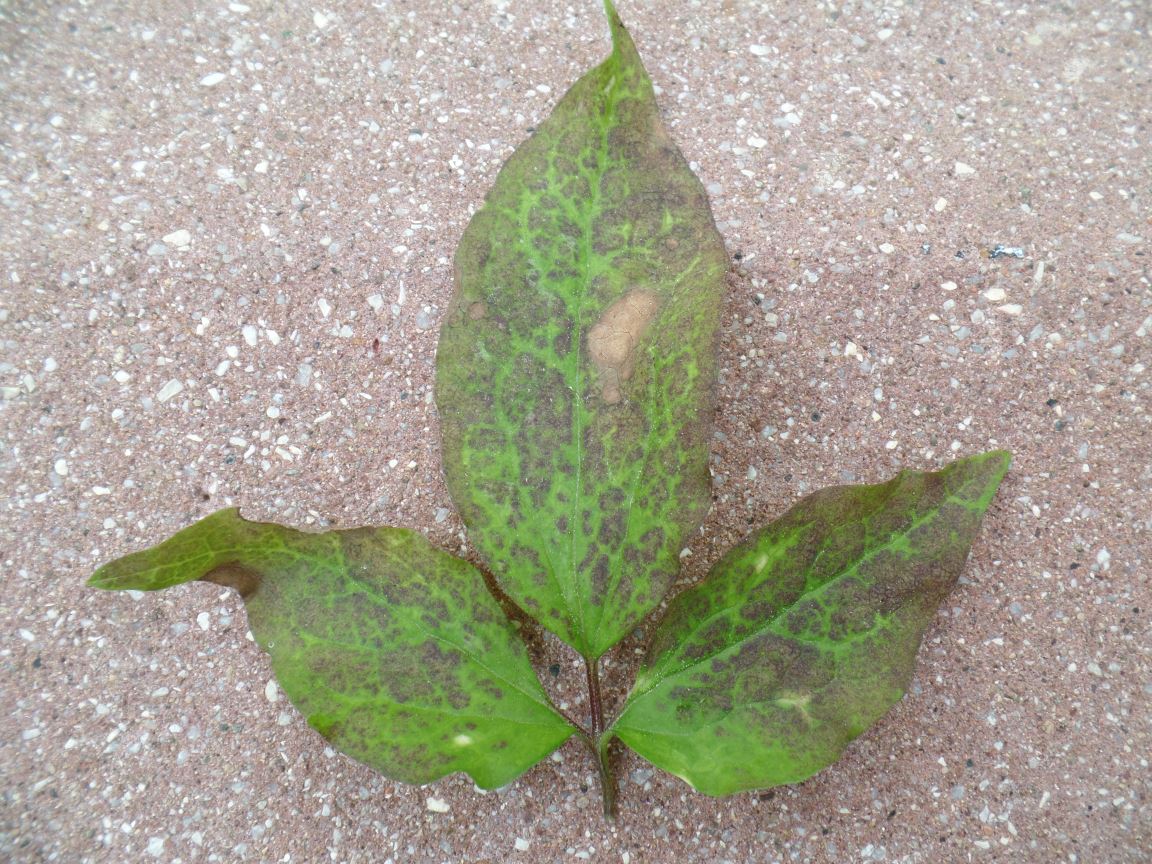This Forum will close on Wednesday 27 March, 2024. Please refer to the announcement on the Discussions page for further detail.
Clematis
 Disponded
Posts: 43
Disponded
Posts: 43
Hi all
I was just looking for some guidance as to what may be wrong with this clematis.
It died back completely last year, (all leaves went black and seemed to rot) but grew quite strongly this year. I have now noticed that the lower leaves are going like this.
Any idea what is wrong and how to treat it would be most helpful.
Thank you...

0
Posts
It looks very much as if your clematis has wilt, Clematis wilt in severe cases can kill the plant. Remove all wilted stems down to the ground and remove to avoid soil contamination. Mulch the roots well and healthy growth may re-occur from the base. Clematis like deeply cultivated soil and lots of mulching - this can help.
What does the rest of the plant look like? It could be down to the site you have it in - soil conditions or unsuitable aspect for instance. Manure applied which isn't properly rotted could be another reason. Weather is often the reason for some discolouration in foliage too.
More info will also help with further advice
I live in west central Scotland - not where that photo is...
Thanks for the replies
The die back started last year at the base and worked it's way up the plant turning the leaves black and rotting the stems. I put it down to possible water logging in the soil. There was no rotted manure on this plant last year.
This year I have mulched with well rotted manure and covered the soil around the base with flat stones. I have also ensured drainage is ok.
At the moment only a couple of the lower leaves are affected. The rest of the plant is healthy. It hasn't flowered yet but it's early days.
The other two clematis next to it are fine and show no signs of any problems
Some clematis are resistant to wilt but if your poorly plant has some healthy growth then maybe all is not lost.
Wilt starts at the top so it's more likely to be environmental issues. The early, large flowering types are more susceptible to it, but it's quite rare anyway.
I'd remove any badly affected stems and allow new growth to come through.
I live in west central Scotland - not where that photo is...
Normal.